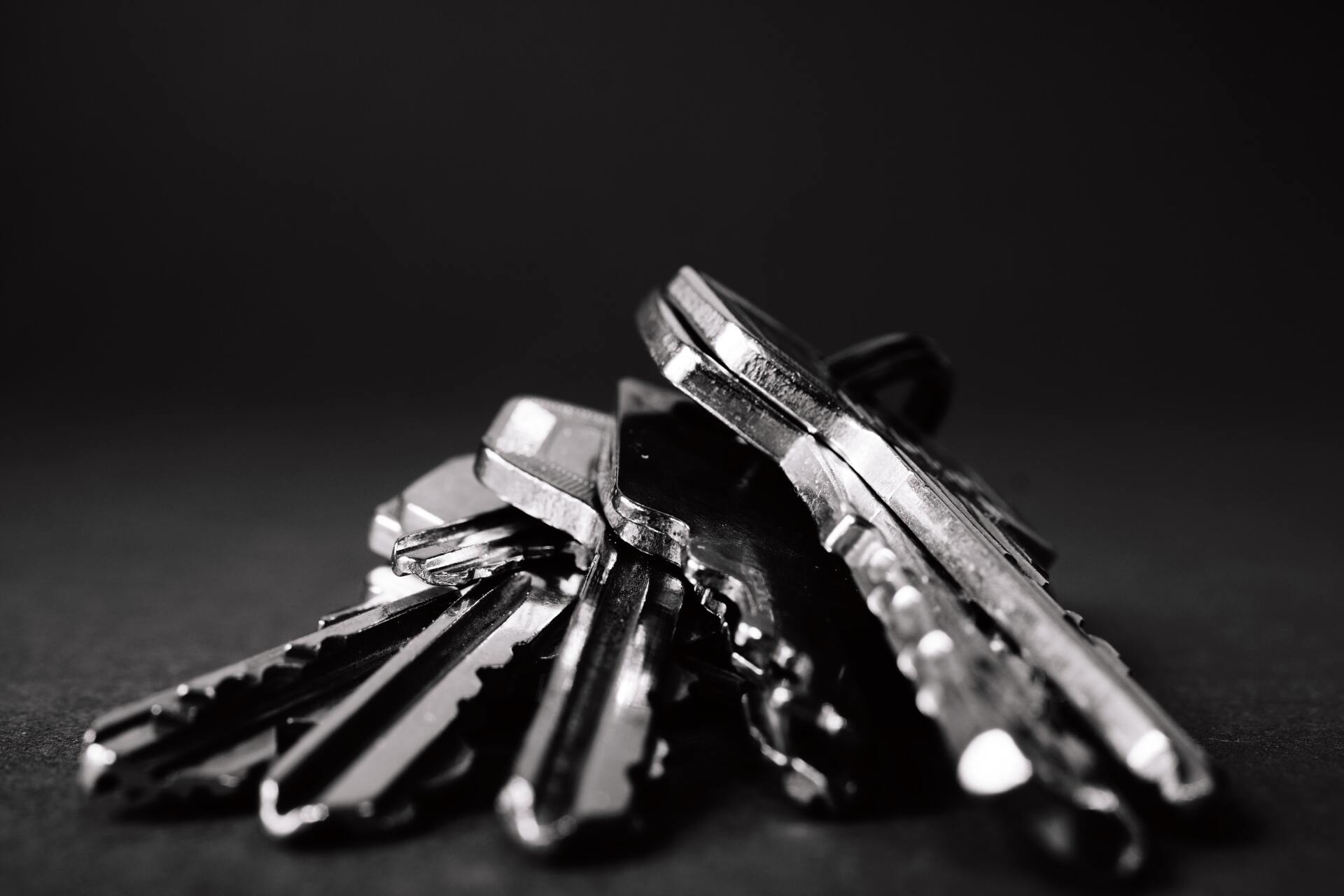Chapter 7
Public key, private key and secret phrases
Without cryptography, cryptocurrencies wouldn’t exist. Understanding the interaction between public and private keys is crucial to understanding how cryptographic transactions operate.
This chapter is about what private keys, public keys, and secret phrases are and how to use them to store and send/transfer cryptocurrency.
Not your keys, not your crypto.
Without needing a third party to confirm the transactions, you can send and receive cryptocurrency using public and private keys. Public-key cryptography uses these keys as a component. One key pair is made up of the public and private keys.
Your private keys must be kept a secret, while your public keys can be shared in order to accept transactions. Any cryptocurrency linked to the private keys will be accessible to whoever has access to those keys, if they are ever made public.
Identification and confidentiality are the two main use cases for public key cryptography. It can be explained in the following manner in simple terms:
A sender receives the public key of a recipient.
This key is used by the sender to encrypt data.
The recipient receives the encrypted data transmitted by the sender.
The recipient decrypts the information using his or her private key.
What is a private key?
A private key simply said is just a very big and very random combination of letters and numbers that acts as a password and gives you access to and control over your cryptocurrency. Your private keys should be kept secure, just like any password. You can safely store them online in a crypto wallet and some prefer to store them offline somewhere safe. For example written on a piece of paper, memorised, or even stored on a computer not linked to the internet. "Cold storage" is the term used for this.
Transactions can be sent to a public key by anybody, but a private key is needed to "unlock" them and prove that you are the owner of the cryptocurrency that was received in the transaction.
Because of the potential damage that could be caused by someone knowing your seed phrase, private keys are crucial.
What is a Mnemonic phrase or seed phrase?
An extra security layer can be a set of words that provide access to a cryptocurrency wallet, also known as a mnemonic phrase, mnemonic seed, or seed phrase. This is also known as a "backup phrase" and a "recovery phrase.". It's not the same as your private key. If you lose access to the device where your crypto wallet is initially kept, your seed phrase effectively serves as your recovery password.
How are private keys and public keys generated?
Both the private key and the public key are generated when you create a new cryptocurrency wallet. Once you have it, you must backup your private key to a secure location.
Note that you won't be able to access your wallet or its funds if you misplace your private key. It is always a good idea to back it up by writing it down or printing it out in a diary.
Here are some pointers for you to know!
- Maintain proper internet hygiene across all of your accounts
- Use a password manager
- Add 2FA (hardware based like Yubikey is even better)
- Put security higher on your evaluation scale than convenience
- Verify the addresses you interact with
- Verify the software you install is not a malicious lookalike
- Don’t buy hardware wallets from resellers
- Avoid connecting your phone number to any online account
- Stay safe
"Before anything else, preparation is the KEY to success..."
-
Alexander Graham Bell
What People Say About Us

“Great guide. I always wanted to learn this!”
John Smit
“Love this free service. Can’t wait to read the next blogs about crypto insides!”
Mary Brown
“Not sure why I didn't discovered this website earlier. It’s super!”
Robert Wilson
Helping people, entrepreneurs & businesses to bridge the gap between the internet of today towards the revolutionary Web4 movement.
#TakeItBack
Support us
Support the free and independent movement!
with 5 Euro / Dollar you already help us enormously!
Bitcoin wallet:
bc1qtl0yyayrdy2p74xf52ts75tw2tl0aleehhtfjl
Monero wallet:
44gKNgXYMEfFFBR4J1ySmj161zYpMZdGZPH1D2mDnYHTPXLmv83d58CbF6uNWpDq1Vdgw1NLwkJNkR1NEmqmC5xa6ZzRehG
Ethereum wallet:
takeitback.eth







